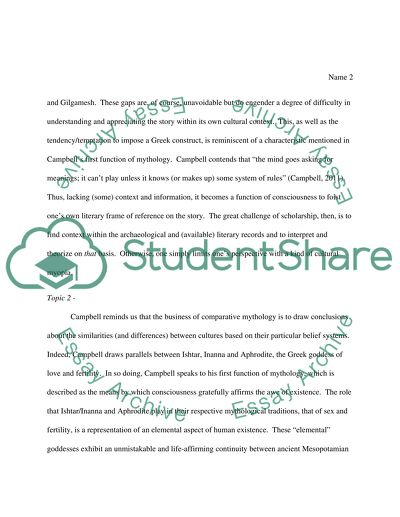Cite this document
(“To Explain the Inexplicable: Mythology and the Reconciling of Essay”, n.d.)
To Explain the Inexplicable: Mythology and the Reconciling of Essay. Retrieved from https://studentshare.org/religion-and-theology/1442675-love-myths-from-mesopotamia
To Explain the Inexplicable: Mythology and the Reconciling of Essay. Retrieved from https://studentshare.org/religion-and-theology/1442675-love-myths-from-mesopotamia
(To Explain the Inexplicable: Mythology and the Reconciling of Essay)
To Explain the Inexplicable: Mythology and the Reconciling of Essay. https://studentshare.org/religion-and-theology/1442675-love-myths-from-mesopotamia.
To Explain the Inexplicable: Mythology and the Reconciling of Essay. https://studentshare.org/religion-and-theology/1442675-love-myths-from-mesopotamia.
“To Explain the Inexplicable: Mythology and the Reconciling of Essay”, n.d. https://studentshare.org/religion-and-theology/1442675-love-myths-from-mesopotamia.


